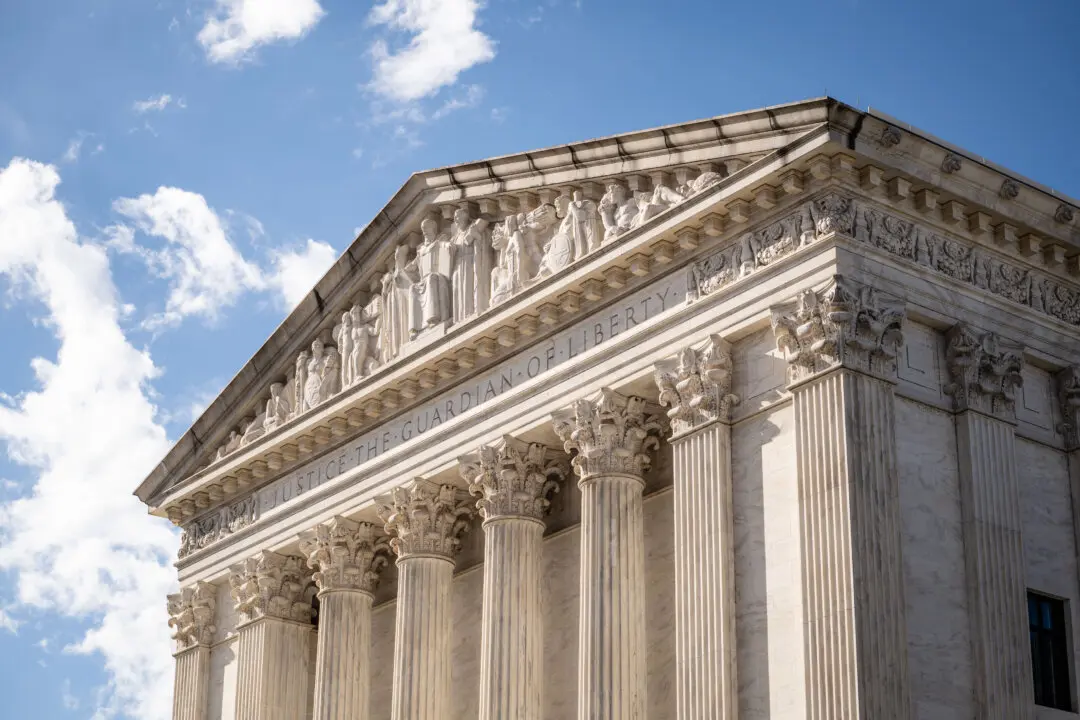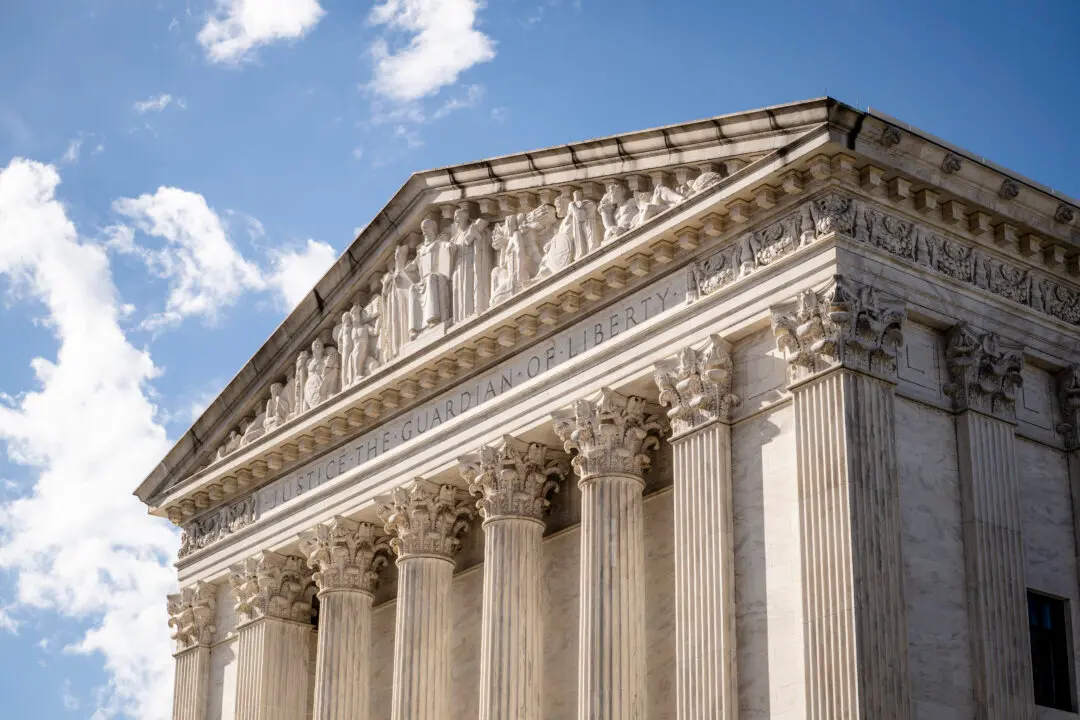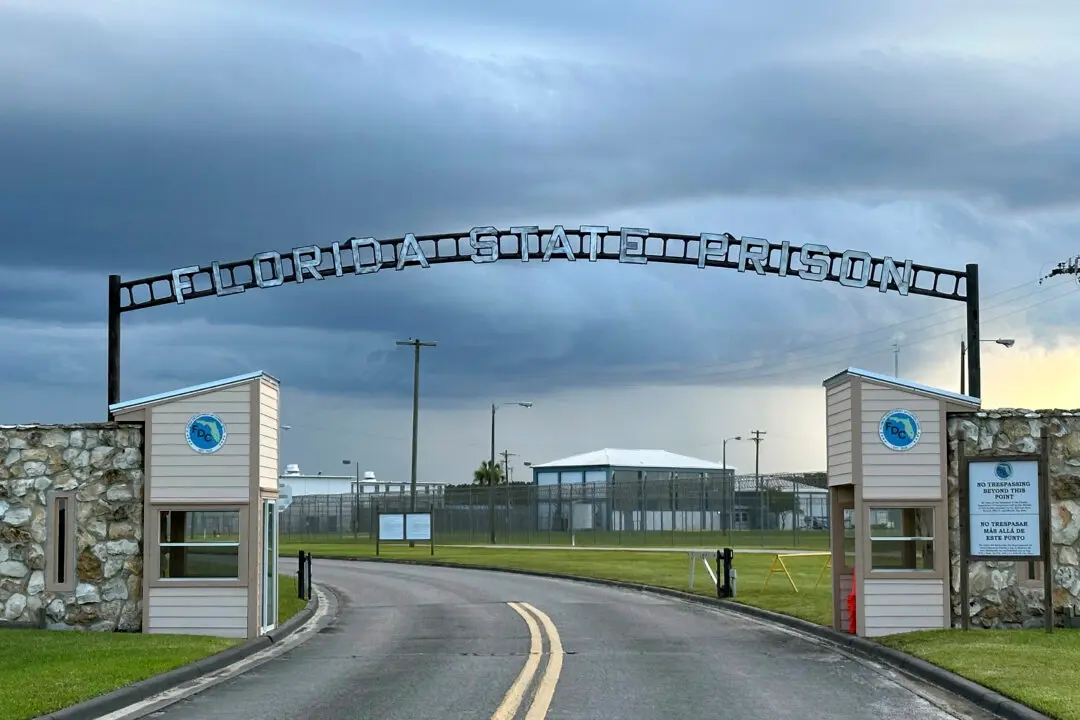The U.S. Supreme Court decided on Oct. 4 to hear U.S. gun makers’ appeal in Mexico’s ongoing $10 billion lawsuit against firearms companies.
In the lawsuit, Mexico is seeking $10 billion from U.S. gun companies for allegedly flooding that country with firearms. Mexico blames the companies for a violent crime wave, saying their actions benefited criminal cartels.





